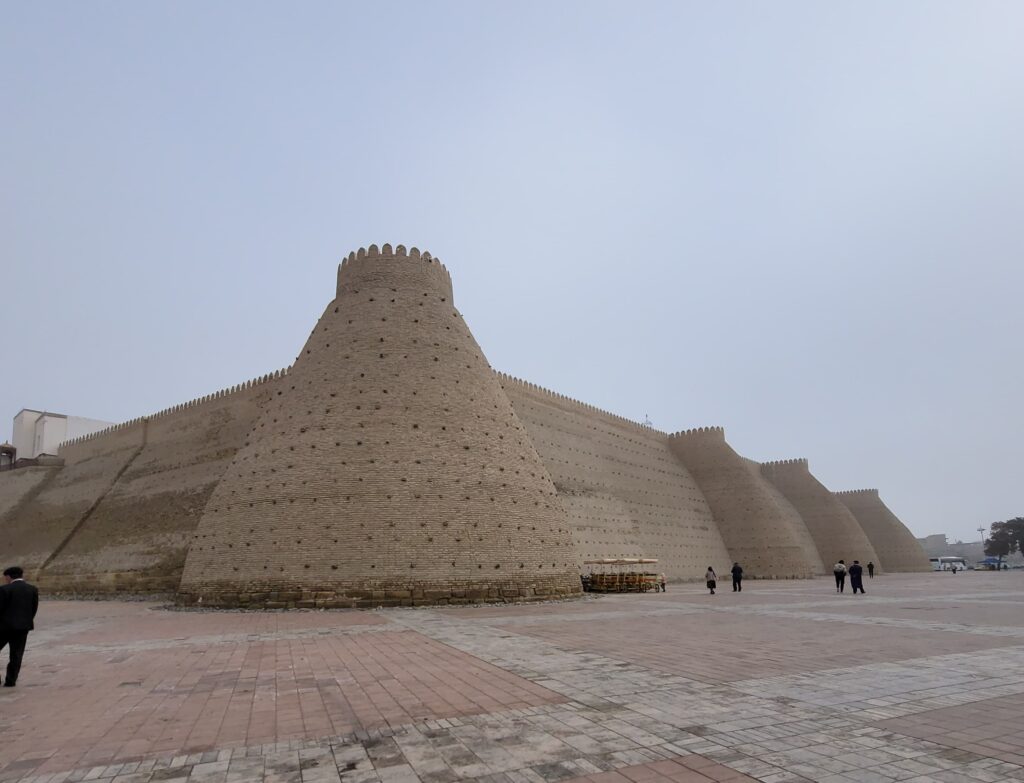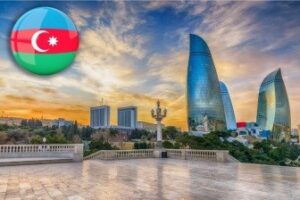Marvelous Beauty of Bukhara

A thick historical atmosphere enveloped me when I entered the ancient Bukhara streets. The city’s atmosphere appeared stagnant as time seemed to stop while minarets rose like quiet guardian towers of a past age and the melodious voices of prayers sang throughout the environment until they found their home under the turquoise domes.
During my arrival on October 20th 2023 the Government of Uzbekistan had brought me to this city though its magnificence exceeded my written descriptions. My arrival brought me into a centuries-old warm embrace as local people greeted me with welcoming smiles while spices created an enchanting aroma that surrounded me. Every architectural element combined with the soft winds suffused the air with stories which I wanted to hear.
The Heart of an Empire
Bukhara continues to serve as a cultural and scholarly and commercial landmark that has existed for more than two thousand years. The city acted as a vital trading spot along the Silk Road where merchants and scholars and poets found common ground to merge different civilizations. The Samanid Dynasty sustained the city during the ninth and tenth centuries as it grew into an intellectual center between the ninth and tenth centuries. Following the tribulations of the Mongol invasion in 13th-century Bukhara the Timurids restored it before bringing lavish enhancements to its streets.
While exploring its complex alleyways I pictured the intellectual giants who previously walked along these exact passageways. The eminent scholar Imam al-Bukhari used this place to compile his masterpiece collection of hadith. An eerie sensation ran through me when this realization struck because Samarkand functioned as both a sacred knowledge hub and an intellectual sanctuary.
Monuments Etched in Time
I commenced my adventure at the Ark Fortress where a majestic citadel has existed since the 5th century AD. As Bukhara’s historical rulers once resided at this great structure it bore audio records of wars and treasons as well as royal ceremonies and territorial conquests. With my fingers I followed the lines of ancient bricks until I could feel the dense past that surrounded me.
Built in 1127 the Kalyan Minaret stretched to impressive heights as a remarkable architectural creation. Genghis Khan declared his admiration for the fortress because it left him in awe during his military campaign. Centuries of devotional services were memorialized by this great mosque which rested before its base. Under the midday sun lighting up the courtyard the intricate tile patterns reflected the stories that artists and followers of faith had created.
The ancient pool at Lyab-i Hauz served as the heart of the city where I spent time watching the continuous living actions of its residents. Merchants engaged in bargaining while elders enjoyed tea-drinking activities next to the children who played under Kukeldash Madrasah supervision. The ancient history of this place revealed itself through every street so the past could be felt in its bustling vitality.
The Spiritual Pulse of Bukhara
Bukhara exists as a spiritual metropolis which goes beyond its architectural masterpiece status. Spiritual energy within the Baha-ud-Din Naqshbandi Complex honors the Naqshbandi Sufi order founder with its relaxing atmosphere. Spiritual believers used to whisper prayers inside his mausoleum so that they could receive peace and divine blessings. The combination of burning incense fragrance and the quiet devotional atmosphere at that place allowed me to connect with something beyond dimensions.
Here I spent a very good time, specifically Uzbekistani’s are very warm welcoming and they love Pakistani’s.
A Legacy That Endures
Bukhara preserves its ancient heritage through active municipal activity which demonstrates ongoing protection of historical continuity. People find themselves surrounded by handmade carpets alongside delicate suzani needlework and strong-smelling spices at the bustling markets which depict long-gone trading routes. Each year the Silk and Spice Festival brings alive the entire city through musical performances and dance shows and displays of traditional arts and crafts.
The market walk continued while the religious call for prayer sounded again to emphasize that Bukhara’s original essence has endured through the ages. The city exists as more than an architectural treasure because it carries everlasting knowledge for any person who takes the time to unravel its wisdom.
Bukhara, a jewel of Central Asia, stands as an enduring gateway to the past and an invitation to the future.


